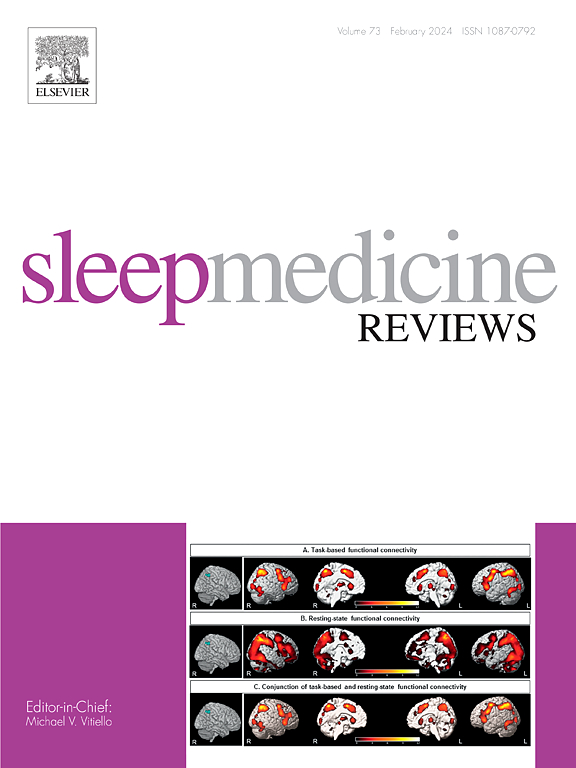Effects of acute exposure to hypoxia on sleep structure in healthy adults: A systematic review
Abstract
The sleep quality of lowlanders in hypoxic environments has become increasingly important with an increase in highland and alpine activities. This study aimed to identify the effects of acute exposure to hypoxia on the sleep structure of lowlanders and to analyze the changes in sleep indicators at varying levels of hypoxia. This review was conducted in accordance with the Preferred Reporting Items for Systematic Reviews and Meta-Analyses guidelines. Twenty-three studies were screened and included in the quantitative analysis. The results showed that acute exposure to hypoxia reduced sleep quality in lowlanders. Post-sleep arousal events and the percentage of N1 were significantly increased, whereas total sleep time, sleep efficiency, and the percentage of N3 and rapid eye movement sleep were significantly decreased in hypoxic environments. Acute exposure to hypoxia had the greatest negative impact on wakefulness after sleep onset (WASO). In addition, a larger decrease in sleep efficiency and higher increase in the percentages of N1 and WASO were observed when lowlanders were exposed to higher levels of hypoxia. This study clarifies the quantitative effects of acute hypoxic exposure on sleep in lowlanders based on original studies and explains the sleep disorders faced by lowlanders in hypoxic environments.

 求助内容:
求助内容: 应助结果提醒方式:
应助结果提醒方式:


